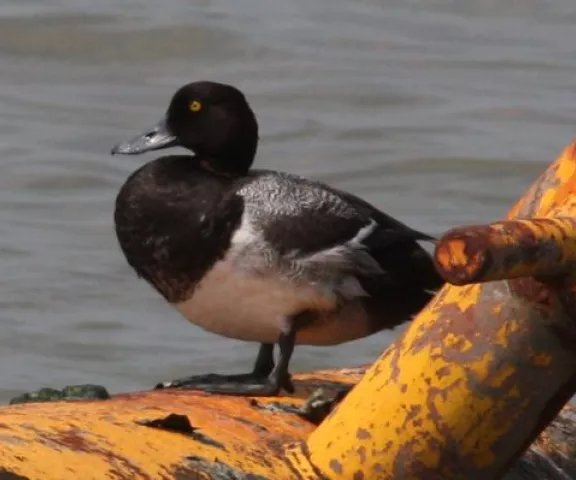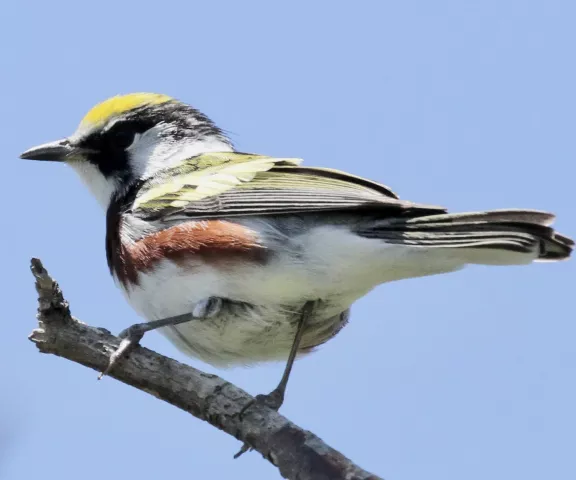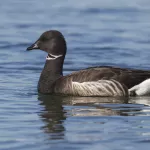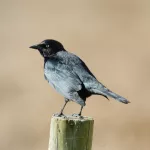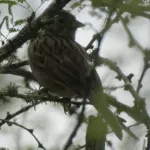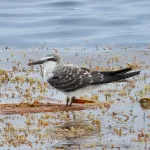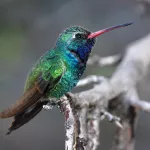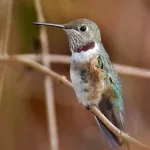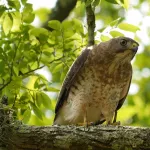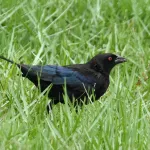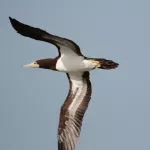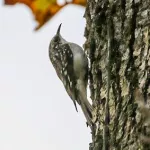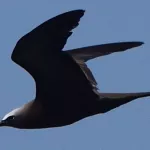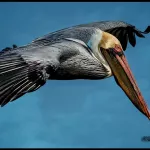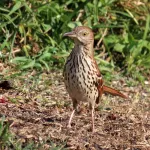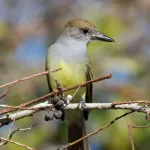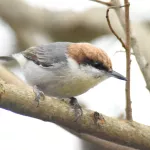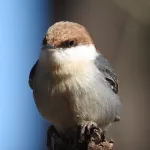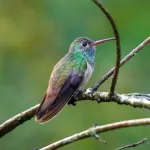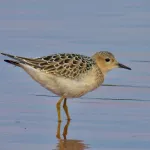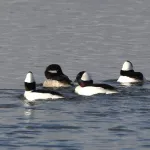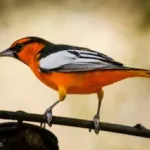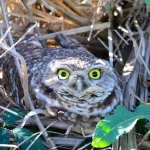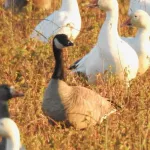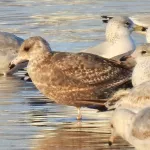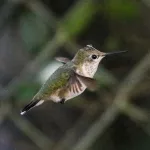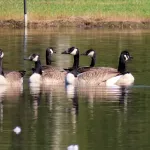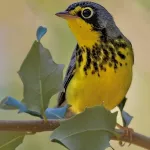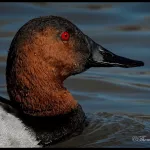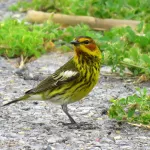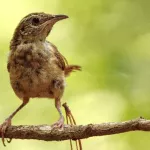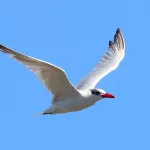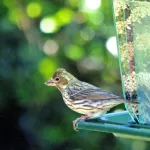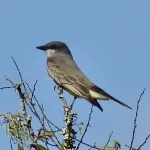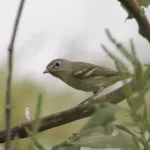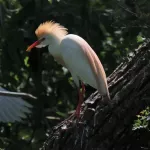Mae’s Beach is the quietest and one of the most accessible beaches along the entire coast of Louisiana. As you turn onto the access road, look on the south side of LA 82 for gorgeous colonies of Canna flaccida, an uncommon, yellow-blooming native canna species.
Once at the beach, the dune area supports numerous wildflower species. These flowers serve up nectar for butterflies that often thickly populate the dune area. The dunes, the beach, and the nearshore Gulf of Mexico waters also serve as backdrops for prime birding action year-round.
The beach offers nearshore water views (spotting scope/tripod recommended) for gulls, terns, ducks/scoters (winter/spring/early summer), Brown Pelican, Double-crested Cormorant, and Northern Gannet (winter). It’s often crowded with loafing gulls, terns, pelicans, and foraging shorebirds. Thirty-one shorebird species have been recorded here, including Spotted, Semipalmated, Solitary, Stilt, Pectoral, and Least Sandpipers, and Semipalmated, Black-bellied, Snowy, and Wilson’s Plovers. Raptors, including Osprey, Merlin, and Peregrine Falcon cruise the beach and marsh.
The dune complex at Mae's is the widest and most diversely vegetated on the coast. Along with grasses and wildflowers, it includes shrub/scrub habitat: excellent for vireos, flycatchers, wrens, thrushes, sparrows, warblers, orioles, grosbeaks, and buntings–especially during spring migration months (March-May). Look for Scissor-tailed Flycatcher, Sedge Wren, Painted Bunting, Savannah Sparrow, Indigo Bunting, Swamp Sparrow, Seaside Sparrow, Marsh Wren, Vermilion Flycatcher, LeConte’s Sparrow, Swainson’s Thrush, Tennessee Warbler, Yellow Warbler, Wood Thrush, Baltimore Oriole, Blue-winged Warbler, and Rose-breasted Grosbeak
The marsh north of the dunes provides additional waterbird (and dragonfly!) habitat for waterfowl and wading bird species, rails, bittern, and the like. Sixteen species of herons, egrets (including Reddish Egret), and Roseate Spoonbill have been recorded here. In all, 188 bird species have been recorded at Mae's Beach, including many Louisiana rarities, including Surf Scoter, Pomarine Jaeger, Western Grebe, and Tropical Kingbird.
The access road to this private site ends at the beach. There are no designated parking areas other than on the side of the single-lane access road. There are no restrooms or facilities and the site is not handicapped-accessible. The beach may be accessed via foot or vehicle, but vehicles are not recommended for both safety and ecological reasons.
Directions
From the intersection of LA 1256/27 (Exit 20) and I-10 in Sulphur, go south on LA 27W for 36.2 miles to LA 82 at Holly Beach. Turn right and go west on LA 82 for 11.4 miles to Jim Erbelding Lane. Turn left (south) on Jim Erbelding Lane and follow 0.7 miles to its terminus at Mae’s Beach.
Photography
Swimming
